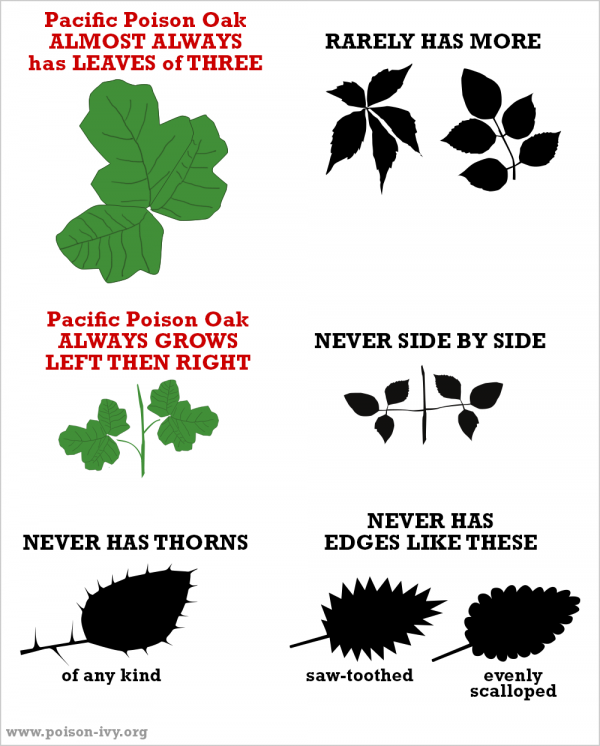- No Obligations
- Stop Paying Too Much For Your Contractor
- No Spam Calling
- Screened & ID Checked Contractors only!
Find Out How to Identify Poison Oak
3
 Find Out How to Identify Poison Oak
earlyexperts.net
Find Out How to Identify Poison Oak
earlyexperts.net
Learning how to identify certain plants can help save you from uncomfortable rashes, bumps, and burns on your skin. Poison oak is one such plant that you need to know how to identify it by sight. We’re going to help you pick out this pesky shrub and prevent you from having a rather unfortunate and unsightly rash.
Where Can You Find Poison Oak?
Poison oak grows in abundance across the southeastern US. It can also be found along the West Coast in heavily wooded areas and grasslands. California, Nevada, Oregon, and Washington are all states where this plant is found.
Check Out the Leaves

Poison oak closely resembles regular oak leaves. The main difference between the two is poison oak will have one side of the leaf which has a shiny surface. The bottom will have more of a dull appearance. Poison oak will also have a bit of red or yellow on top of the leaves. Another thing to note is that regular oak leaves have one stem per leaf. Poison oak will have one single stem leading to three leaves. When you see this, then you know to keep your hand’s off.
How Many Leaves Does It Have?

Since poison oak grows in clusters, one major identifier is the number of leaves on each one. Most of the time, these clusters will have three leaves each. However, there are some types of poison oak which have 5, 7 or even 9 leaves. A good rule of thumb is that is you see a questionable cluster with an odd number of leaves, it’s best to avoid it.
Are there any berries?

Poison oak will produce small white berries between spring and early summer. When you see a cluster of berries together with the three leaves, then you need to back away from the plant.
Low Growth

When figuring out whether or not a certain plant is or is not poison oak, keep an eye out for where it’s growing. Poison oak usually grows closer to the ground. The branches might become intertwined with other plants causing it to grow to be the size of a small bush.
Conclusion
It’s not recommended to ever directly touch a suspicious plant with your bare hands. Instead, you can use your other senses to help identify poison oak. Using these tips, you’ll know what to look for and avoid a nasty, itchy rash should you come across this plant.











